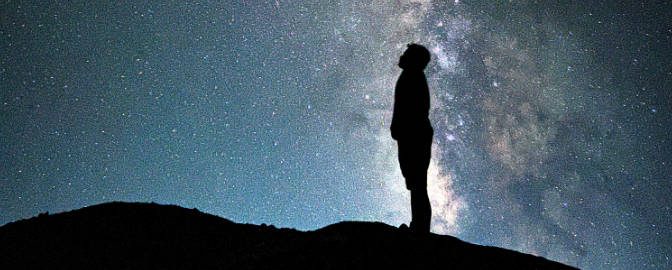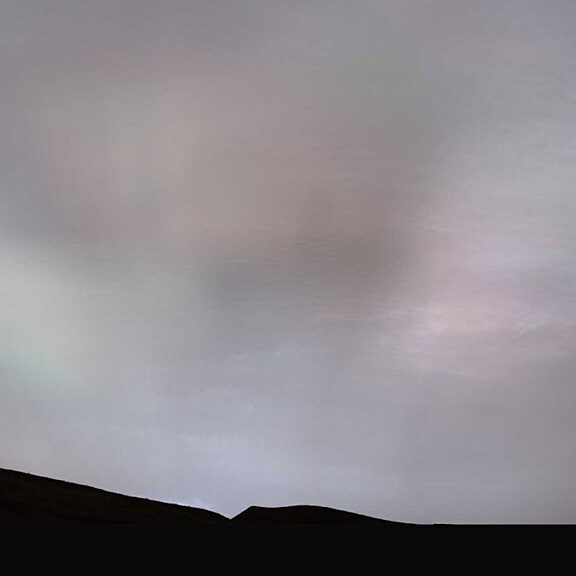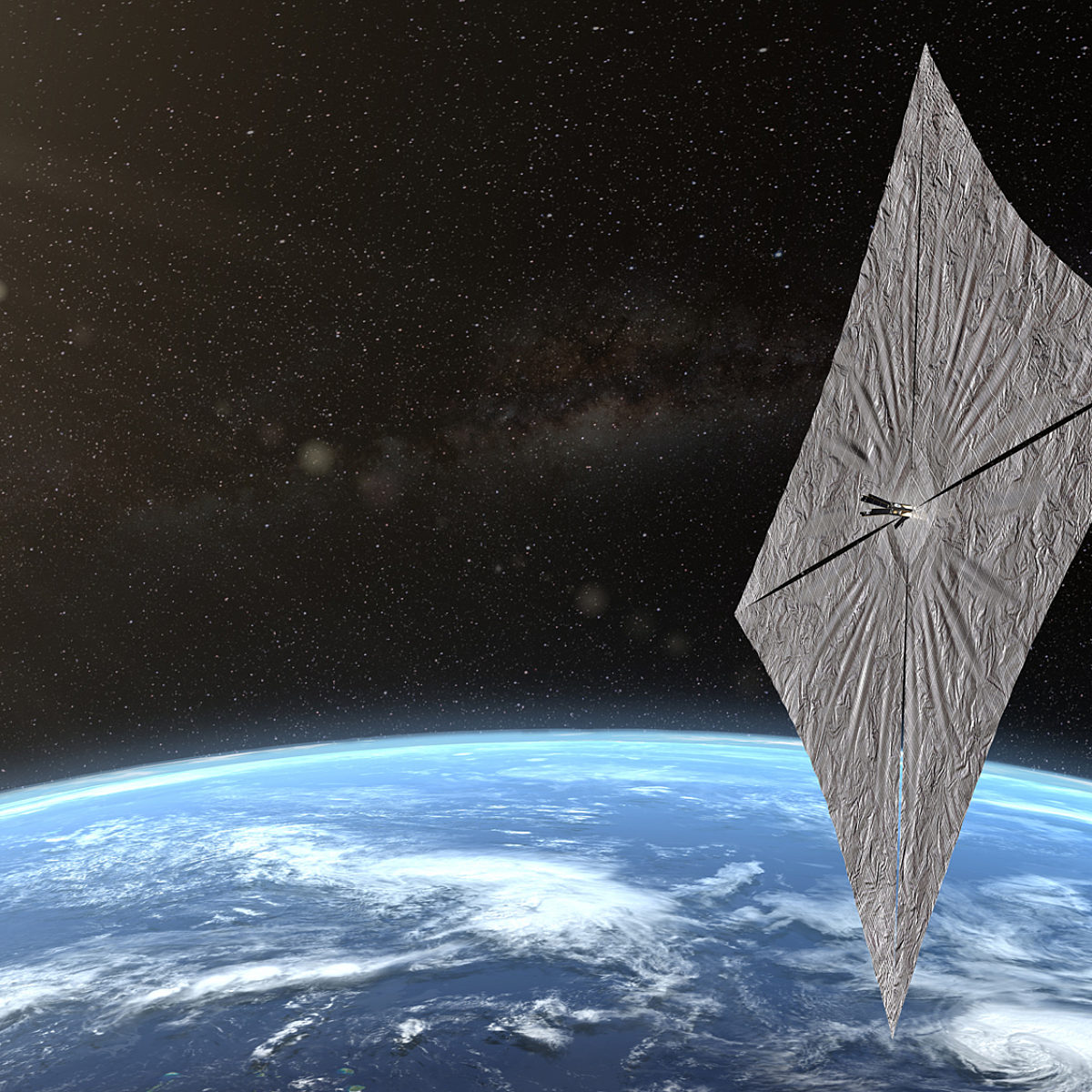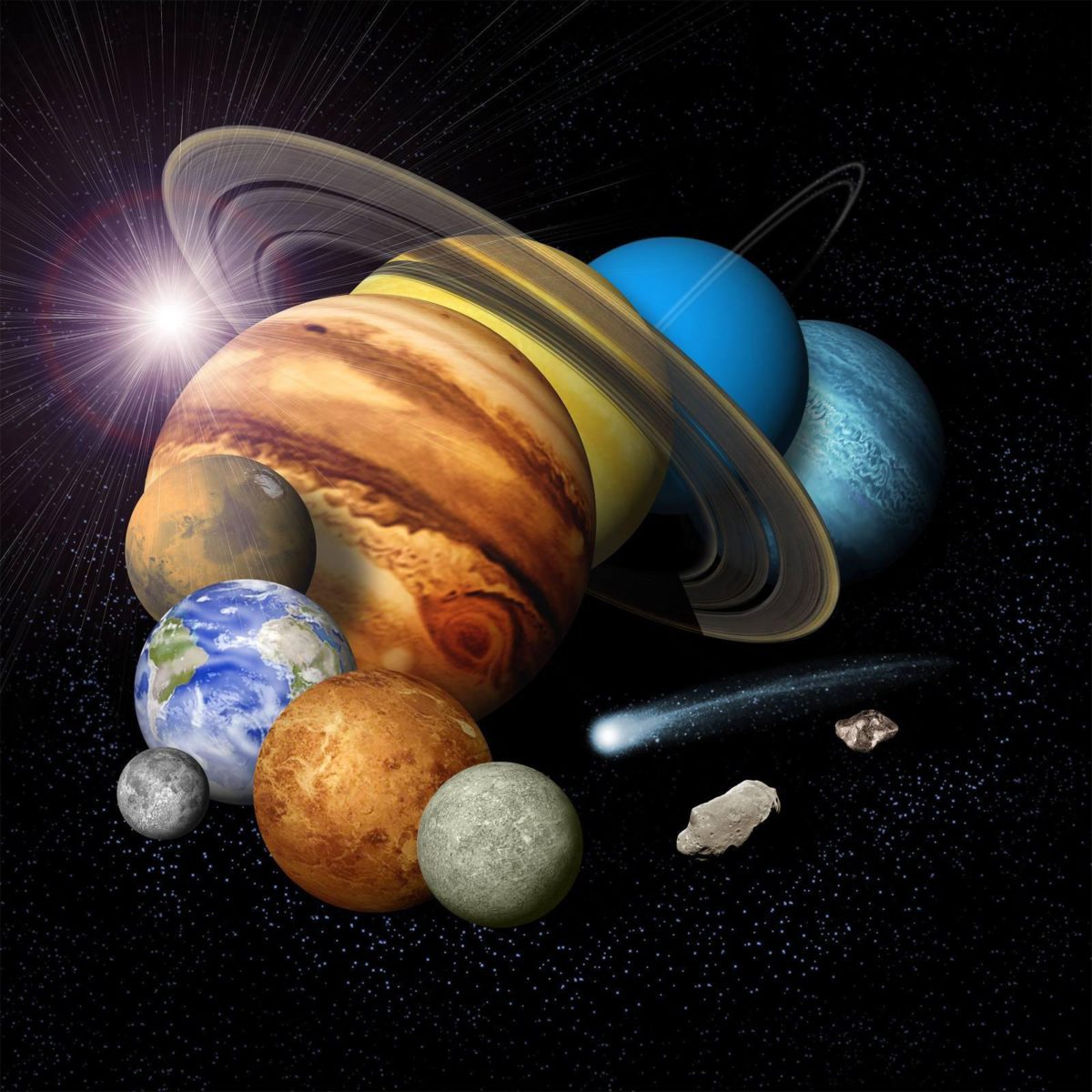All
All
Stories, updates, insights, and original analysis from The Planetary Society.
The Tianlin Space Telescope
China is in the early stages of planning a huge space observatory to help answer the matter of whether we are alone in the galaxy.
Your impact: June solstice 2024
Growing space salads and advocating for exploration
What to look forward to in space in 2024
A total solar eclipse and the launch of Europa Clipper are on our list of cosmic events to get excited about this year.
Moonshadow, Moonshadow
The Moon casts shadows on itself and on Earth, environmental concerns overshadow a test launch’s success, and exoplanets are awesome (beyond a shadow of a doubt).
Spectacularly crepuscular!
Curiosity captures crepuscular rays on Mars, a new member community launches, and solar sailing takes exploration into the future.
The future of solar sailing
An exciting future for solar sailing is on the horizon.
It’s not easy being this far out
Distant robots run into problems, and distant worlds hold onto secrets — for now.
How we test spacecraft before launch
The array of space-simulating test facilities a spacecraft tours through before it can blast off of Earth.
Mind-blowing space volcanoes
Taking a look at volcanic worlds in our solar system and exoplanets that might crack under pressure.
Proximity and distance
Looking at planets and moons from near and far, and figuring out how to get all the way out there.
Why we need plutonium power for space missions
Spacecraft need power to reach the dark, dusty, distant locales of our solar system. Safe, non-weapons-grade plutonium-238 provides that power when solar energy can't cut it.
The far reaches of the solar system and beyond
Take a look at distant worlds, far-out views of the cosmos, and even some remote possibilities with this week’s scoop on space news and solar system history.
Imaging and imagination in space
Learn about The Planetary Society’s vision for the next decade of exploration and get up to speed on space news.
LightSail Launch Event
LightSail 2’s launch window opens on June 22, and we are finalizing plans for our launch viewing celebrations. Once we have finished coordinating the details with the Air Force’s STP-2 mission team and the Kennedy Space Center, we will share them with all of our members and backers so that you can join us in person or remotely via the internet.
NEA Scout unfurls solar sail for full-scale test
The next time its solar sail is deployed, NEA Scout will be out near the Moon.
NASA, international partners consider solar sail for Deep Space Gateway
A Canadian Space Agency proposal would install a solar sail on the outside of the Deep Space Gateway, a miniature space station in lunar orbit.
Data Dump: NASA's Planetary Science Program By the Numbers
We provide you the gritty budget breakdown by program and mission for NASA's Planetary Science Division.
SLS CubeSats to Set Sail for Deep Space
When SLS launches Orion to the moon in 2018, a fleet of deep space CubeSats will come along for the ride, including a solar sailing spacecraft similar to LightSail.
[Updated] House NASA Funding Bill Proposes a Fantastic Budget for Planetary Science
The House Appropriations Committee released their vision for NASA's 2016 budget this week, which includes significant increases for the SLS and Planetary Science, but cuts Commercial Crew and Earth Science funds.
Can nuclear waste help humanity reach for the stars?
With the shortage of plutonium-238 to power space missions, Europe has decided to focus on an accessible alternative material that could power future spacecraft: americium-241.


 Explore Worlds
Explore Worlds Find Life
Find Life Defend Earth
Defend Earth


 Sun
Sun Mercury
Mercury Venus
Venus Earth
Earth Mars
Mars Jupiter
Jupiter Saturn
Saturn Uranus
Uranus Neptune
Neptune Small Bodies
Small Bodies

















